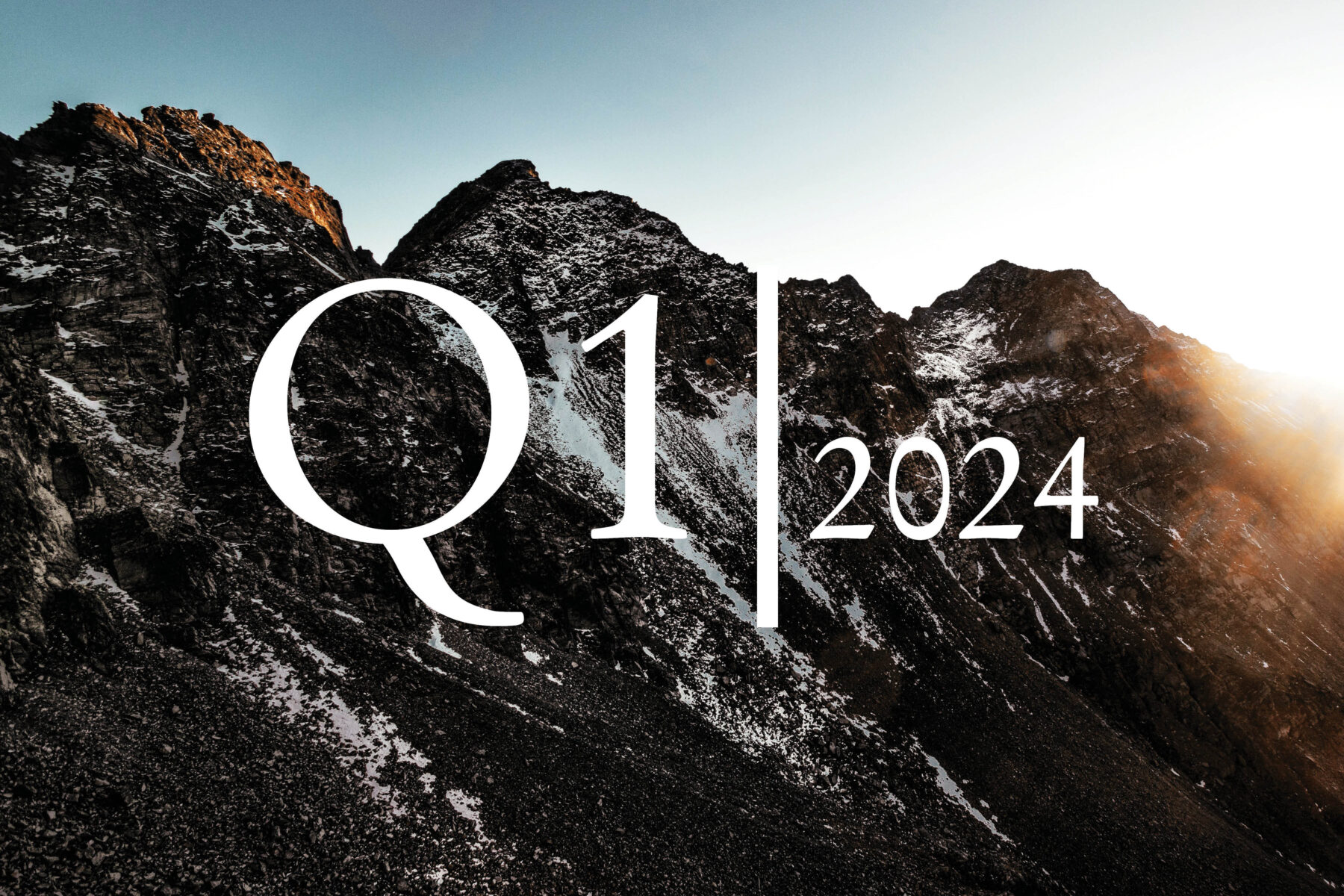In a nutshell
The global economy is losing considerable momentum.
US: soft landing ahead, new momentum in autumn 2024.
Europe: stagnation until spring 2024.
Inflationary pressure continues to fall – but not to 2%.
Monetary policy. rate peak reached, first rate cuts in 2024.
Soft landing in the US
Despite the US Fed's energetic turnaround on interest rates, the US economy has so far held up far better than expected. Residential construction, which is particularly sensitive to interest rates, has slumped by more than 20% compared to the start of 2021. As private consumers have spent the initially saved portion of the stimulus cheques, this has hardly disrupted overall economic performance. Companies have also not cut back on their investments despite higher financing costs. The tax incentives for green (and some other) investments are working against monetary policy. In addition, companies are less reliant on credit than before thanks to high reserves. In addition – unlike in previous cycles – they have not built up overcapacity in previous years. Therefore, they do not have to compensate for this with lower investments now.
However, monetary policy has a delayed effect. Much of the economic data indicates that the US economy is cooling noticeably. There are signs of a soft landing in the first half of the coming year. Even if the US can probably avoid a recession, even a soft landing means that growth will largely come to a standstill for some time. We expect investment, residential construction and private consumption in particular to stagnate over the next two quarters.
The temporary economic weakness will help to further reduce inflationary pressure in the US. From mid-2024, a less tight interest rate policy should then strengthen the economic upward forces. In view of the structurally high demand for housing, residential construction is also likely to pick up again from summer 2024. Fiscal policy is also contributing to the growth in demand. We therefore expect the US economy to be able to achieve an annualised growth rate of 2% again in autumn 2024.
Key rates: central banks take their foot off the brake in 2024
Key interest rates of selected central banks in %
Mixed outlook for Europe
Two very different forces characterise the outlook for the European economy in the coming months. On the one hand, the continent has weathered the Putin shock well. With falling inflation, a still largely stable labour market and higher wage growth, consumer incomes have been rising faster than prices since the spring. Consumers therefore have more money in their pockets again in real terms – i.e. after deducting inflation. This has already been reflected in lively travelling activity in the summer. On the other hand, the manufacturing industry is in recession. Weak global demand for goods and the inventory correction are hitting countries such as Germany, which specialise in exporting goods, particularly hard. Many companies had used the end of the pronounced supply chain bottlenecks in 2022 to build up stocks of primary and finished products. In view of weakening demand, they are now reducing their inventories again. For the time being, they are therefore producing less than they are selling. The recession worries are also weighing on the consumer climate. Many people are therefore likely to hold back during the Christmas shopping period. Economic output in the eurozone could shrink slightly in the final quarter of 2023.
However, it often only takes around three quarters for companies to clear their inventories sufficiently and then start producing more again. The rise in some sentiment indicators, including the German ifo Business Climate, suggests that the manufacturing industry will have reached its low point by the end of 2023.
There are signs of a new upturn in the coming year. Many companies are currently holding back on investments in view of the major uncertainties. As soon as the economy has regained some momentum after the end of the inventory correction, they will invest more again in order to restructure supply chains and replace scarce labour. Although China will remain structurally weak, exports to China are likely to increase slightly again next year. After all, China is likely to grow by around 3–4% in 2024. Consumer spending is also likely to increase again somewhat. With the US economy returning to normal growth, the European economy is likely to return to a pace slightly above the trend growth rate of 1.3% next summer. We expect a similar trend for the UK as for the eurozone.
Inflation: the pressure is easing
Year-on-year increase in consumer prices in %
The big inflationary spurt is over
Price pressure has eased considerably on both sides of the Atlantic. Core inflation rates (excluding the volatile prices for energy and food) will tend to fall somewhat further in the coming year. However, the end of government energy subsidies for consumers in the eurozone will probably initially ensure that inflation is likely to rise again slightly from 2.4% in November in December and January before the downward trend resumes. As higher wage increases in Europe continue to drive up prices for labour-intensive services and the costs of climate protection also have an impact, we expect inflation in Europe to settle at around 2.5% in the medium term, instead of the approximately 1.5% seen in the years before the pandemic. We expect inflation rates in the US to be at a similar level in the coming years.
Central banks interest rates peak, first rate cuts in 2024
As soon as the phase of economic weakness has sufficiently dampened inflationary pressure, the US Fed will lower its key interest rate again from May 2024, probably to 4.5% by the end of 2024 and 3.5% by the end of 2025. However, as the ECB's key interest rate is only 4% instead of 5.5% like the US Fed, the ECB will probably lower the money market rate later and more slowly than the Fed, to around 3.5% by the end of 2024.
Growth and inflation forecasts
Autor



